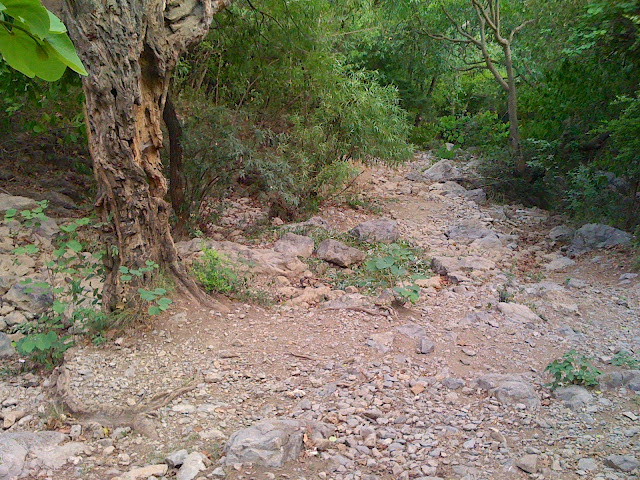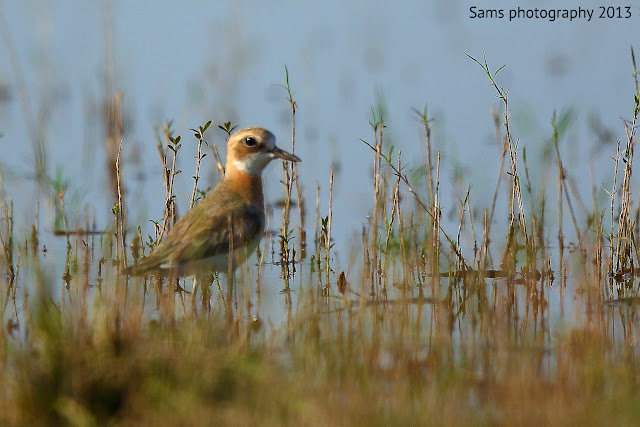An After Dark Encounter with Large-tailed Nightjars
During the evening of Monday 27 May 2013 Mrs Islbirder and I visited the Eastern Shoreline of Rawal Lake, Islamabad. There were still a few WHISKERED TERN there and also the two BLACK-HEADED GULL that had been there the day before. However, we could not find the LITTLE GULL. That is not to say it wasn’t. We made an early strategic departure due to some unwanted attention. From there we made our way to the Margalla Hills Trail 5 and waited until after dark. It was not too long before a LARGE-TAILED NIGHTJAR started making its distinctive call. Later we counted at least five Large-tailed Nightjars, a couple passing very close over our heads with their distinctive long-tailed shape was silhouetted again the clear sky. On some it was possible to make out the white wing patch and white patches on the outer tail as they flew close by. We also listened for the churring of European Nightjar but unfortunately we did not hear any. The area would be good for bat enth




